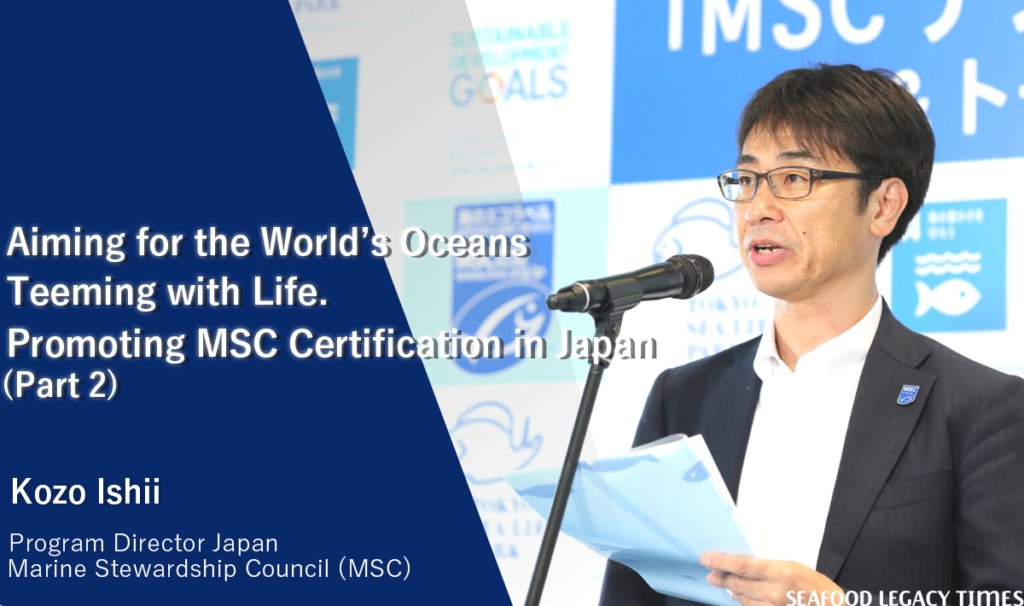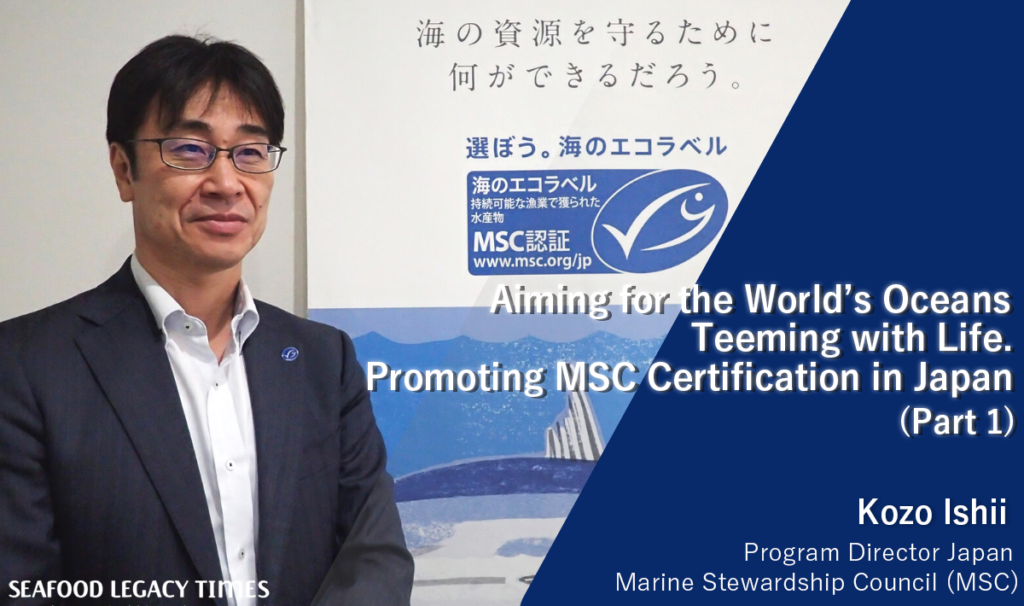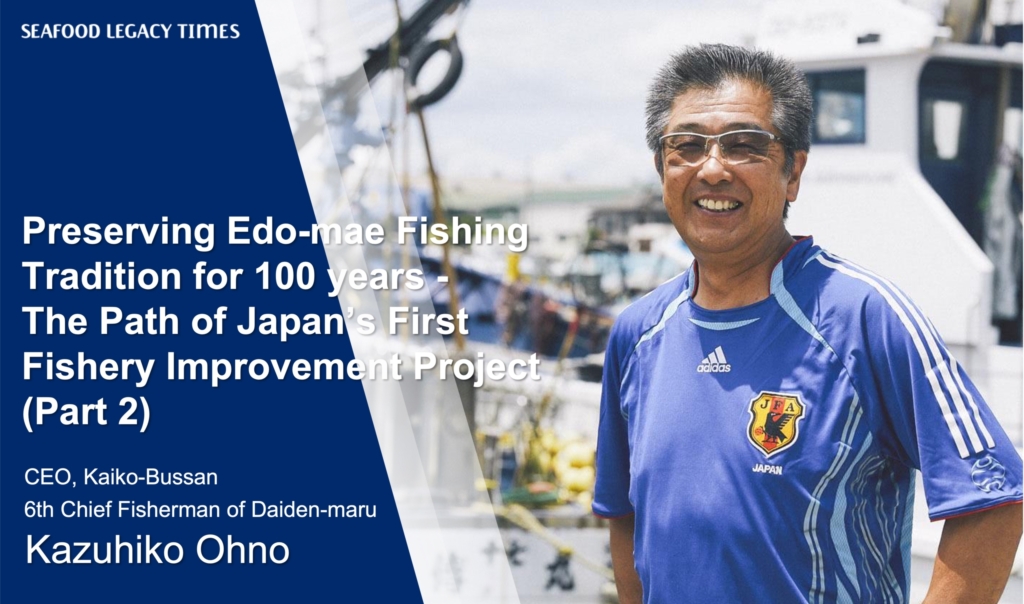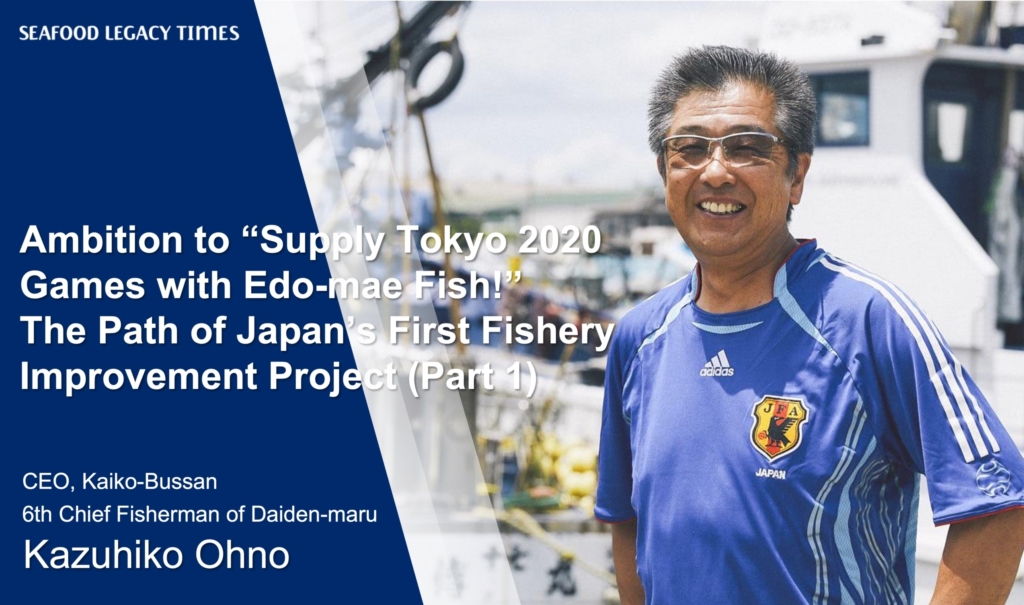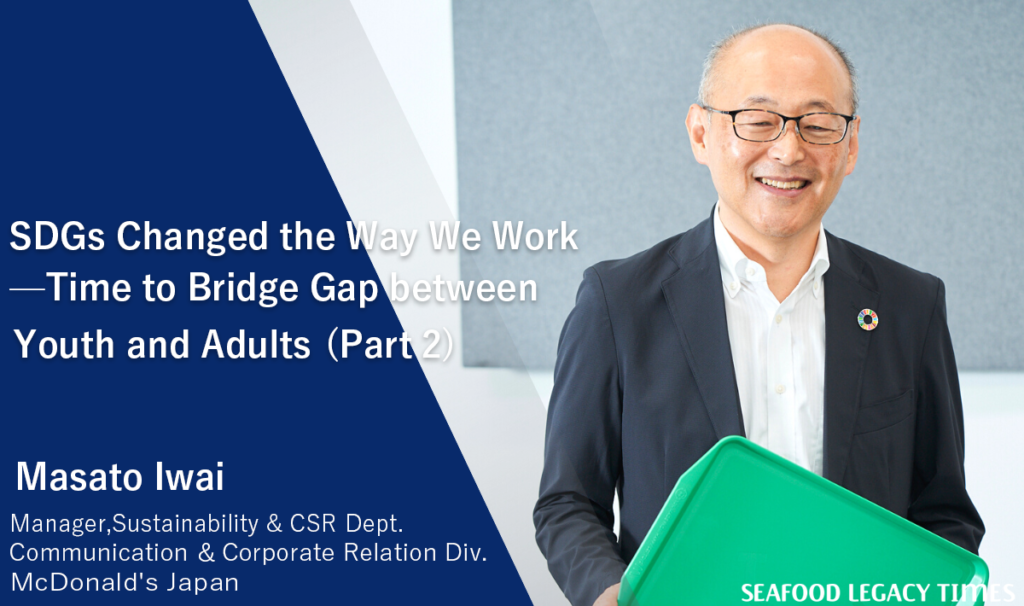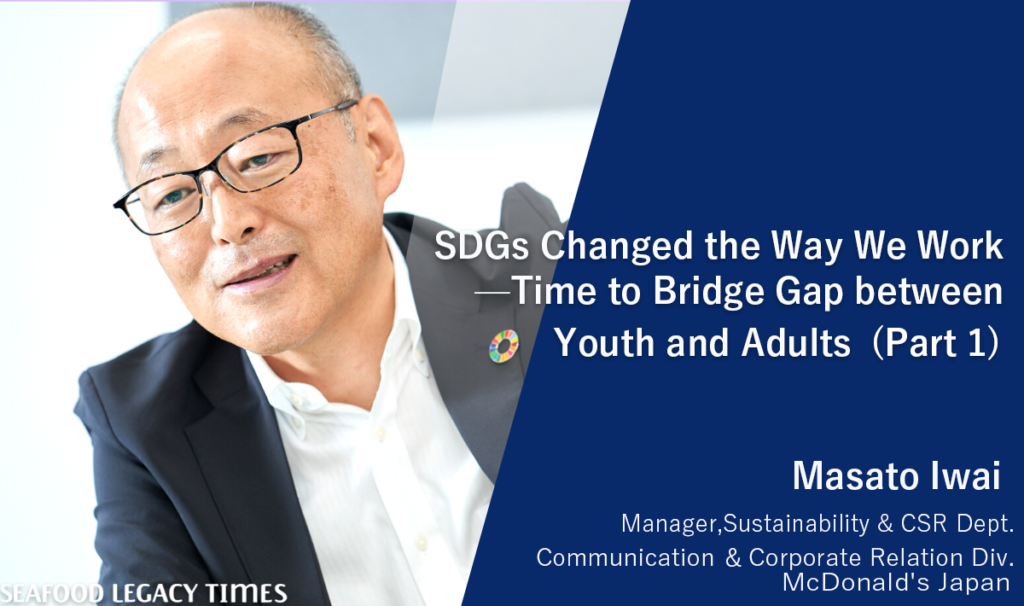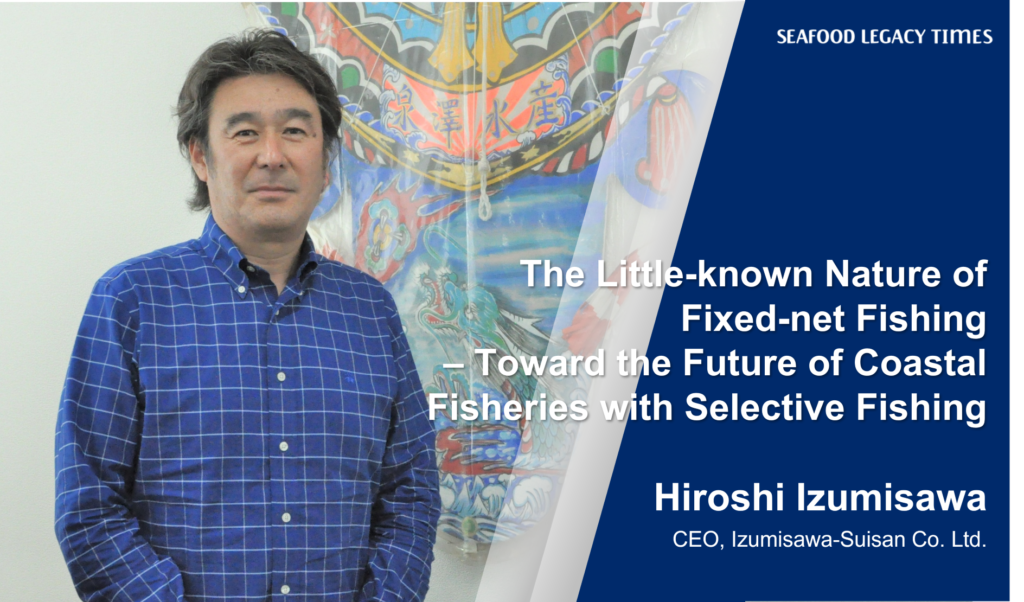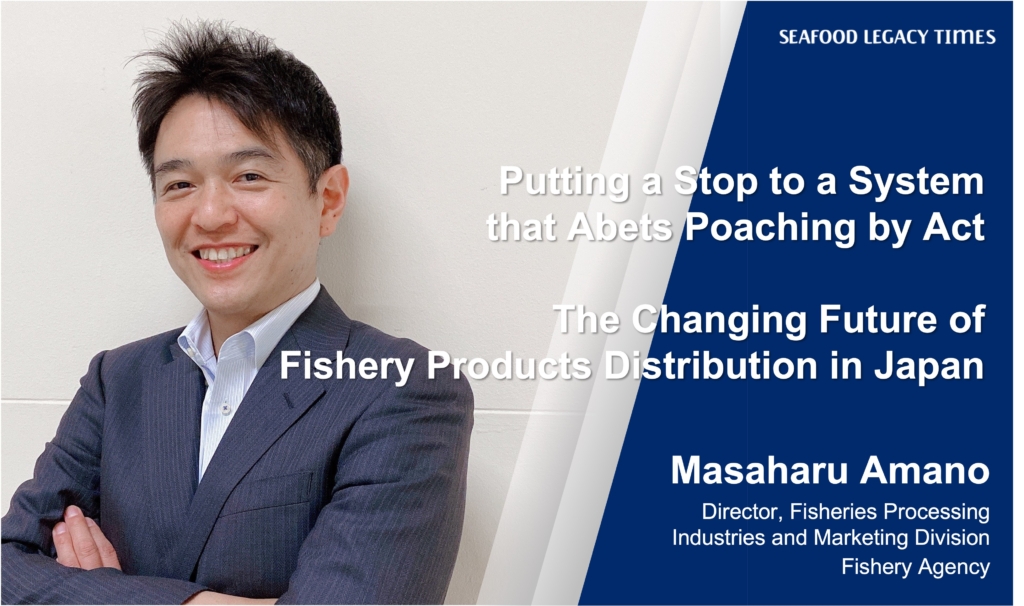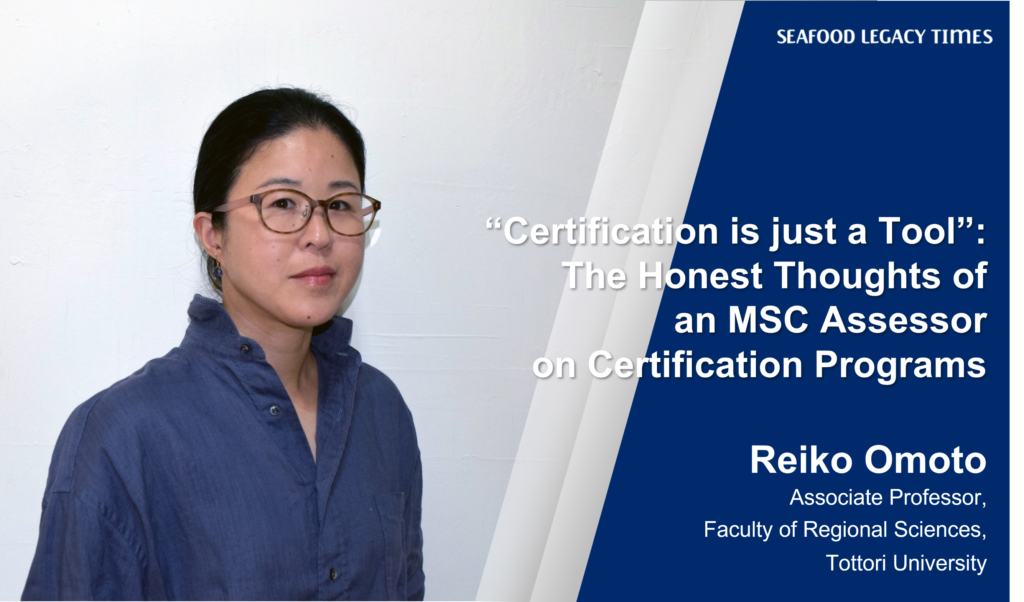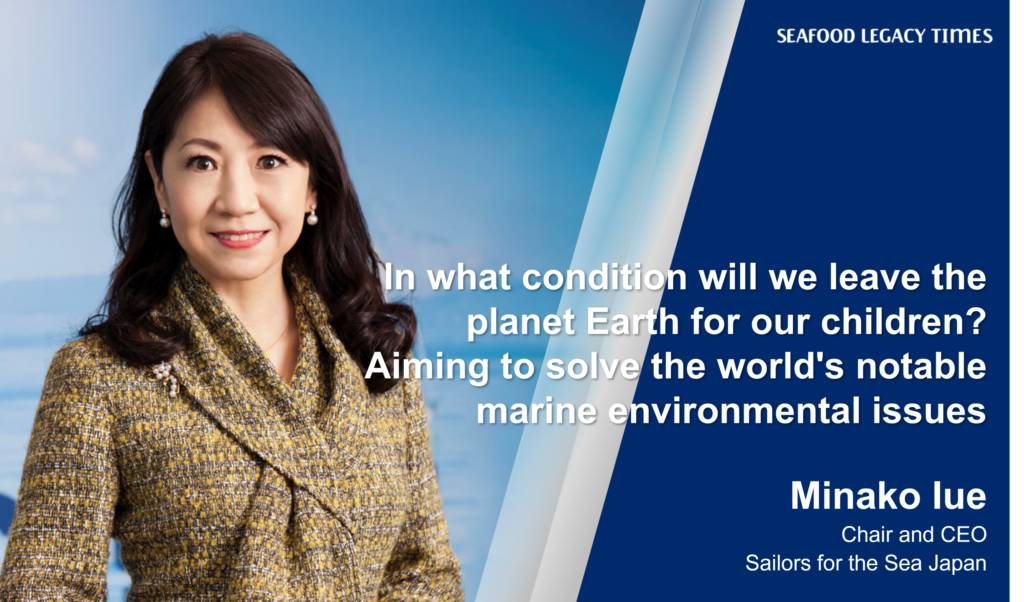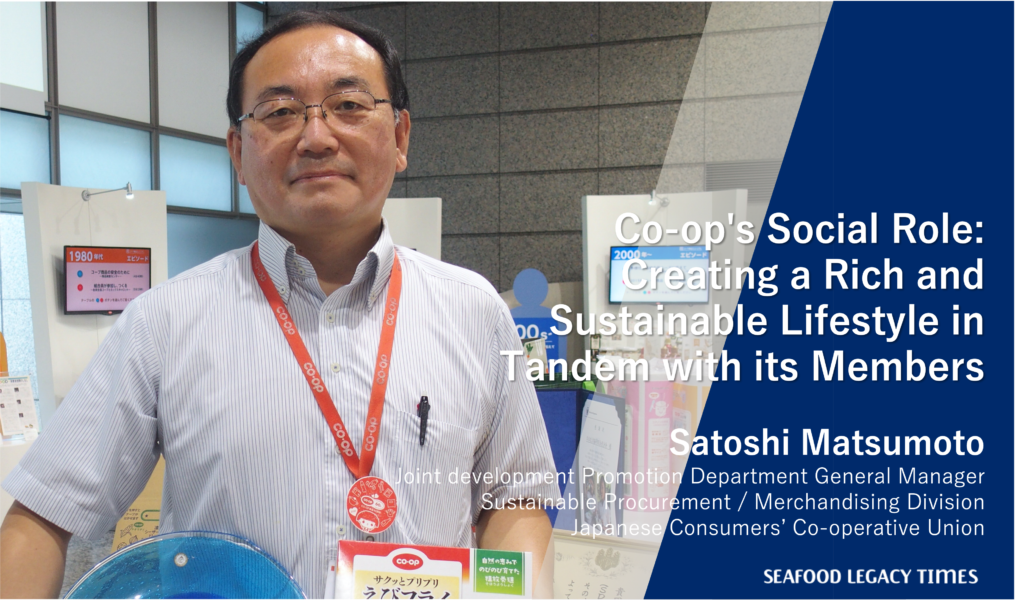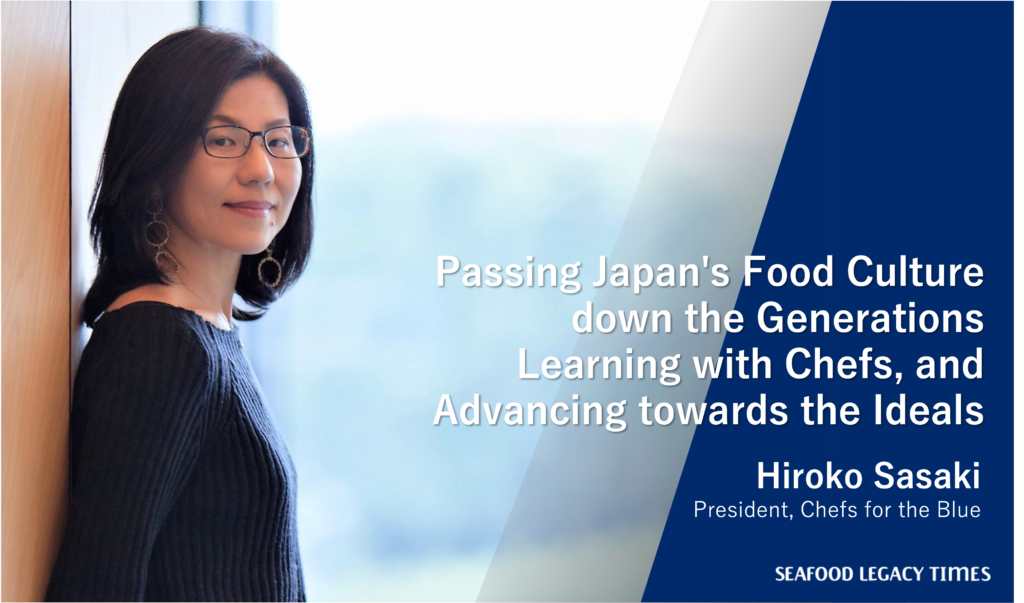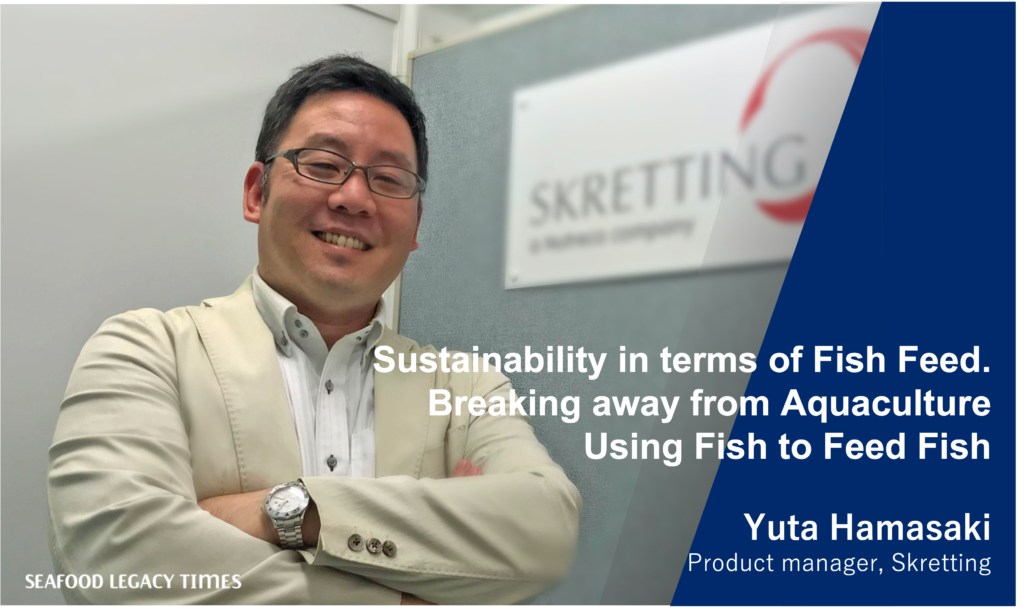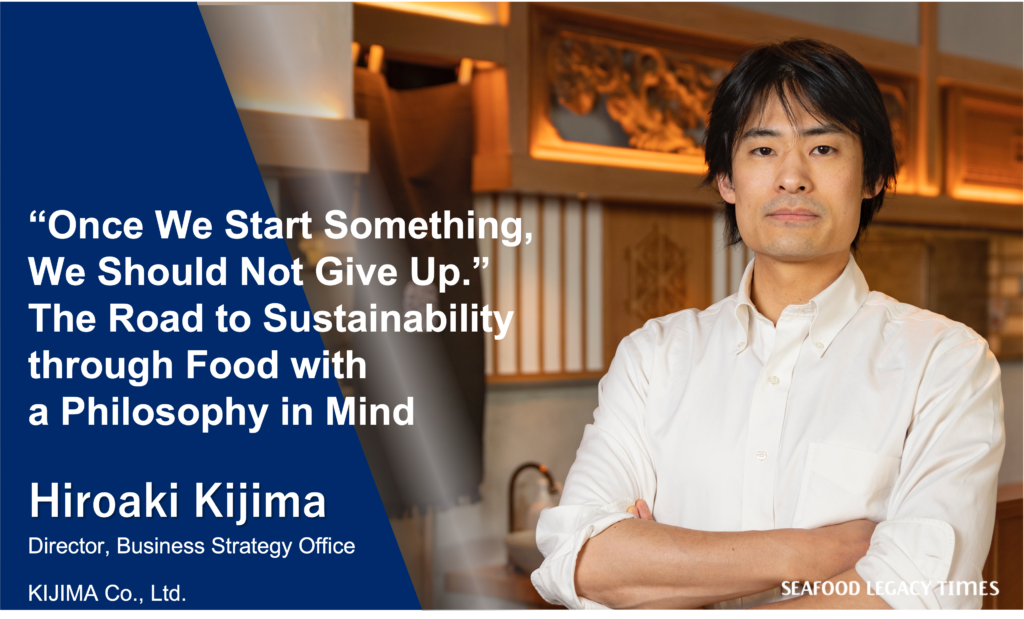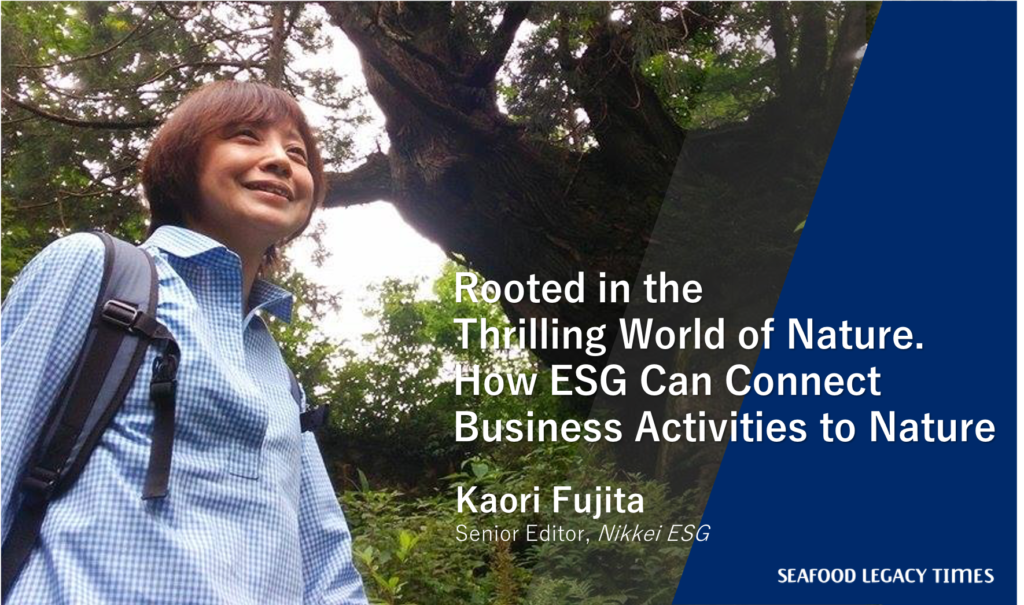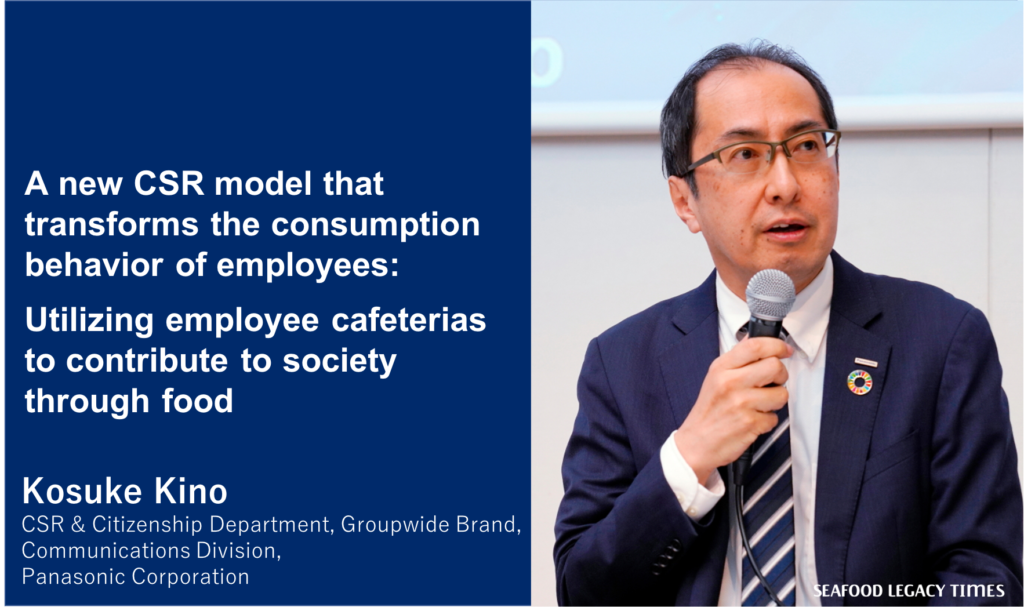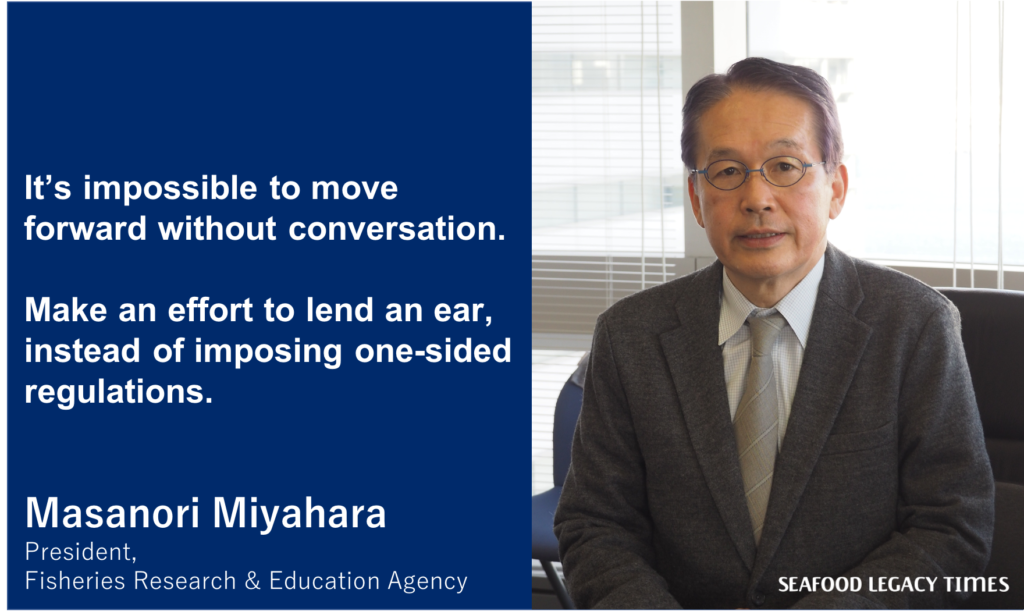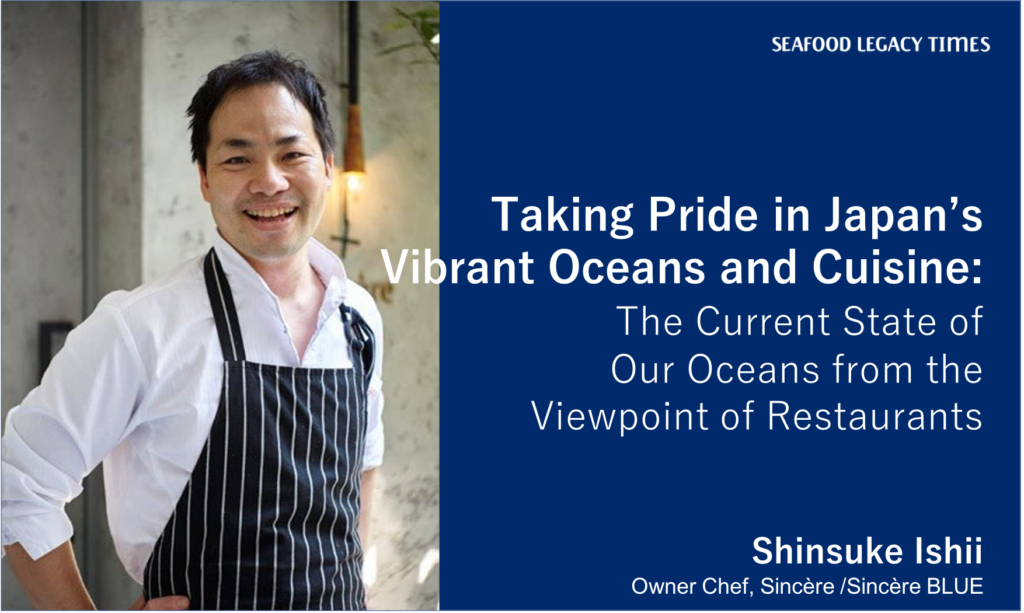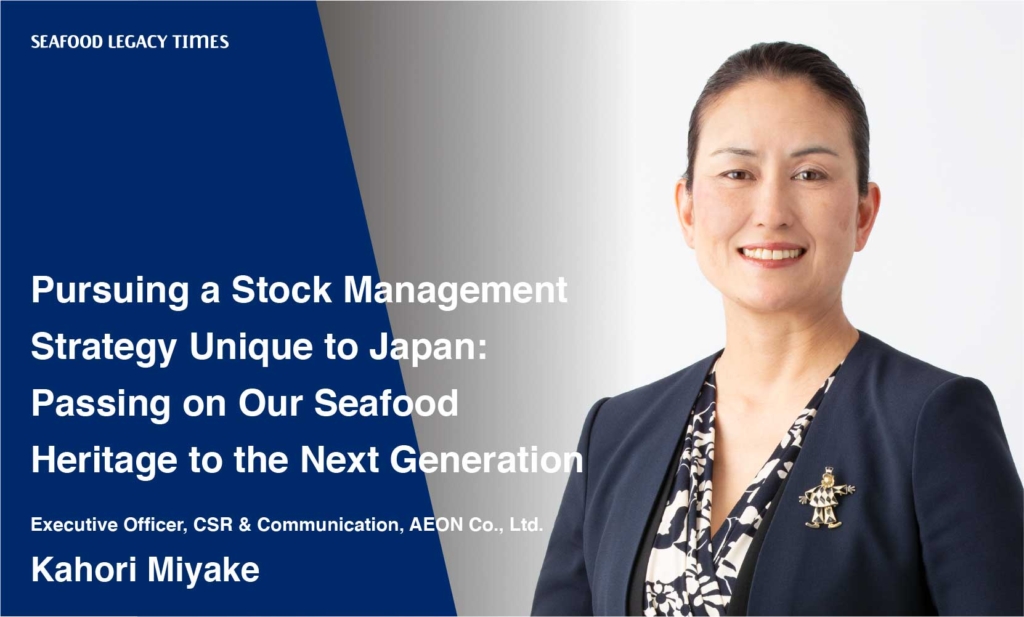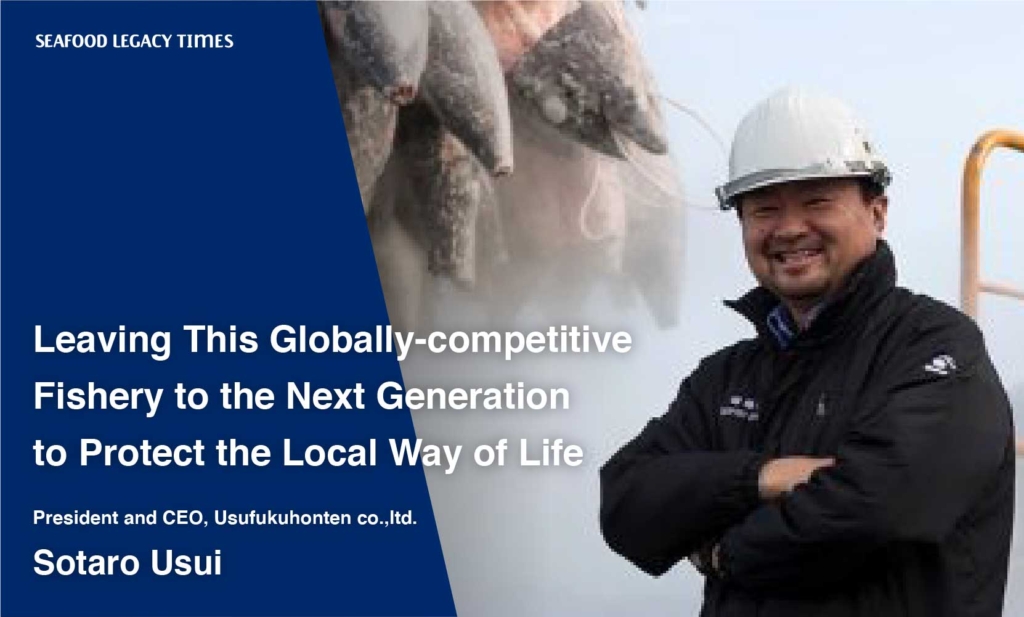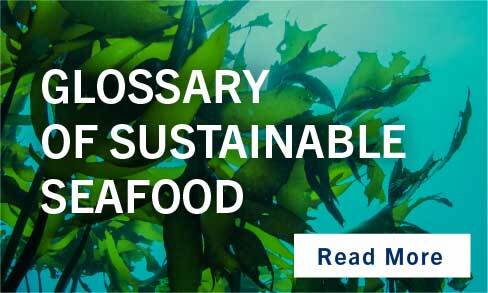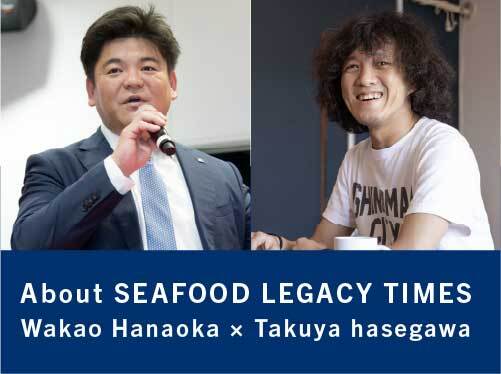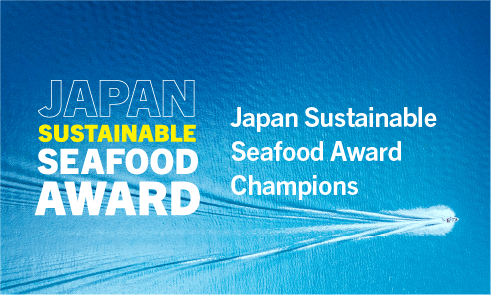
-1024x606.png)
At the Fifth Japan Sustainable Seafood Award in 2023, Aichi Prefectural Miya Fisheries High School was selected as the champion of the U-30 division. The school is located in Gamagori, Aichi Prefecture, a city that faces Mikawa Bay, and part of their curriculum is carrying out product development in collaboration with local fishery cooperatives and businesses. The development of a fried hanpen (Hanpen is a steamed cake made of ground fish meat) using so-called “jinken shrimp”(one of the deep-water pandalid shrimps: genus Plesionika, hereafter jinken shrimp), a low-valued and less common resource that is typically discarded on fishing boats when caught, got people’s attention.
(Click here to watch Award Ceremony)
For this installment, we spoke to Kazuyuki Shimizu, the director of Aichi Prefectural Miya Fisheries High School’s Seafood Production Department, and Kai Ito, a third-grade student at the school, about the school’s characteristics and how the two of them came to be interested in fisheries.
Seafood Production Department, Aichi Prefectural Miya Fisheries High School
This is a prefectural high school located in Suijin Chidori, Miya-cho, Gamagoro, Aichi Prefecture, and the only fisheries high school in the prefecture. It was founded in 1943. They currently have four departments: Marine Science, Communication Engineering, Marine Resources, and Seafood Production. In the Seafood Production Department, students learn about food, something that connects people to people, regions to regions, and countries to countries. They study food distribution, food management, and more, with a focus on seafood processing, and carry out product development using the knowledge they gain. This product development takes an SDGs perspective by actively utilizing low-valued and less common fish.
https://miyasuisan-h.aichi-c.ed.jp/ka05/ka.html
——Please tell me about Aichi Prefectural Miya Fisheries High School’s Seafood Production Department.
Mr. Shimizu:
Aichi Prefectural Miya Fisheries High School (Miya Fisheries High School) has four departments: Marine Science, Communication Engineering, Marine Resources, and Seafood Production. The Marine Science Department has two courses: Fishing Industry and Engineering for Boats. The Marine Resources Department also has two courses: Fish Farming and Ocean Environment.
It’s rare for a fisheries high school to have four departments, and Miya Fisheries High School could be said to be a large school. When I was first assigned here, I was surprised to see a school as big as this one.
In the Seafood Production Department, students study fundamentals like fisheries and food production in their first year. In their second year, they study for and challenge to acquire certifications they choose themselves, such as cooking, food safety, food labeling, retail marketing (Retail Sales & Management Specialist), and more. Finally, in their third year, they use their certifications and knowledge to carry out a product development project.
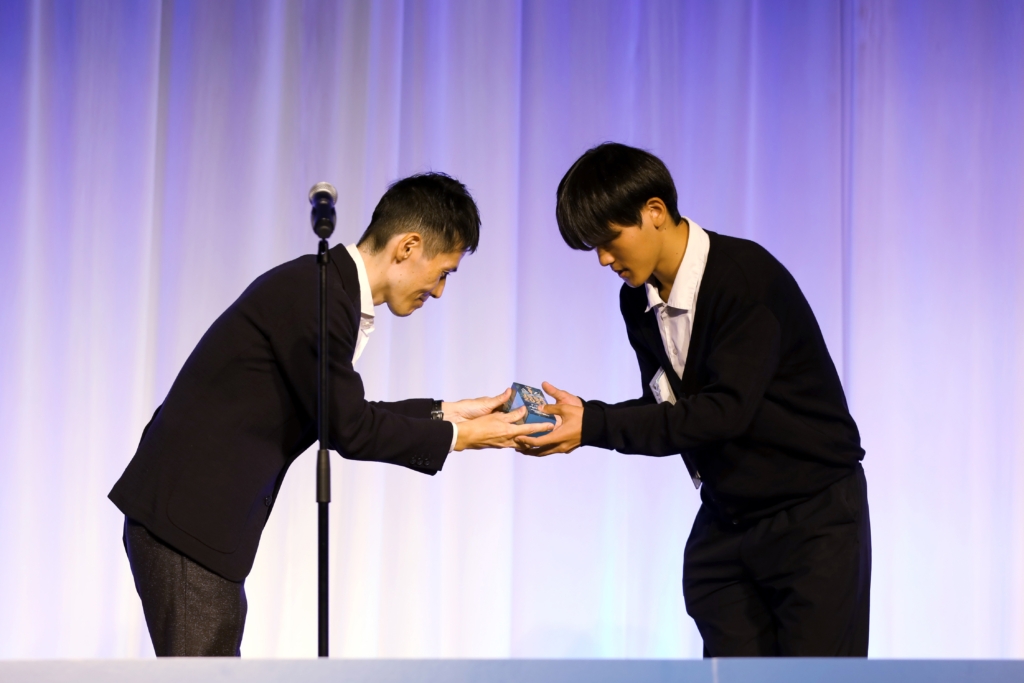 Becoming the champion of the U-30 division at the Fifth Japan Sustainable Seafood Award with product development using unused resources
Becoming the champion of the U-30 division at the Fifth Japan Sustainable Seafood Award with product development using unused resourcesAround 10 years ago, we focused on the sixth-sector industrialization of low-valued and less common fish and began incorporating it into third-year projects and second-year comprehensive practical training. That initiative was well-received, and Miya Fisheries High School was designated as an SPH* seven years ago. Around that time, we made SDGs a theme for third-year projects, and we’re currently carrying out product development using unused resources in collaboration with local fishery cooperatives and businesses. Our goal in collaborating with businesses is to increase our students’ communication skills.
——Mr. Shimizu, why did you decide to become a teacher at a fisheries high school?
Mr. Shimizu:
My grandfather was a red snow crab fisherman in northern Hyogo Prefecture, and it was due to his influence that I came to like fishing and thought I would like to become a fisherman in the future. However, one day, my grandfather died in an accident while fishing. After that, I started to think about how to eliminate accidents at sea, and I thought that one way to do that would be to get involved in education by becoming a teacher.
I was assigned to Miya Fisheries High School seven years ago, and I’ve been in charge of third-year projects every year since then. I’m in charge of the team that does product development together with YAMASA Chikuwa, and some of our past projects include using Datemaki(Japanese traditional sweet rolled omelet using minced fish), which doesn’t have much demand outside of New Year’s, to make a tart called “Chi~da~ Tart,” and making a fish sauce using a number of ow-valued and less common resources.
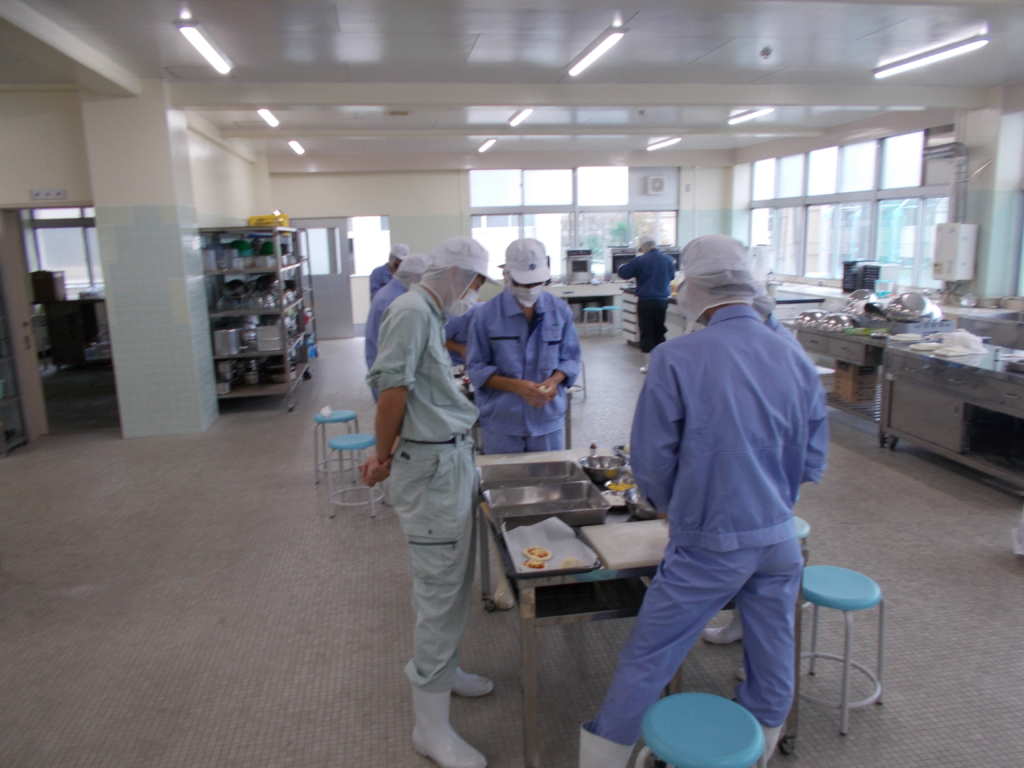 Mr. Shimizu is in charge of third-year projects every year
Mr. Shimizu is in charge of third-year projects every year
——Mr. Ito, why did you decide to enroll in Miya Fisheries High School’s Seafood Production Department?
Mr. Ito:
I was raised in Gamagori, and I’ve always loved fish. I wanted to become a fisherman, but eventually, I decided that I would rather develop products using fish, so I enrolled in Miya Fisheries High School’s Seafood Production Department. The project we’re talking about today was developing a product using jinken shrimp caught by the Katahara and Nishiura Fishery Cooperatives in Gamagori, and there were a few fishermen whom I knew in those cooperatives, so I used to visit them a lot when I was young.
The Katahara and Nishiura Fishery Cooperatives are the only ones in Aichi who do deep-sea bottom trawling, so they catch deep-sea fish. They catch Japanese spider crabs from fall to winter, and they also catch greeneyes, splendid alfonsinos, blackthroat seaperch, and other fish. A kind of deep-water shrimps (genus Plesionika)(jinken shrimps)are also caught along with those. They taste great, but they’re only about 5 cm long and have hard shells, making shelling them difficult, so whatever shrimp get caught are usually discarded right there on the fishing boat. My project to develop a fried hanpen started when those jinken shrimps caught my attention.
Original Japanese text: Shino Kawasaki




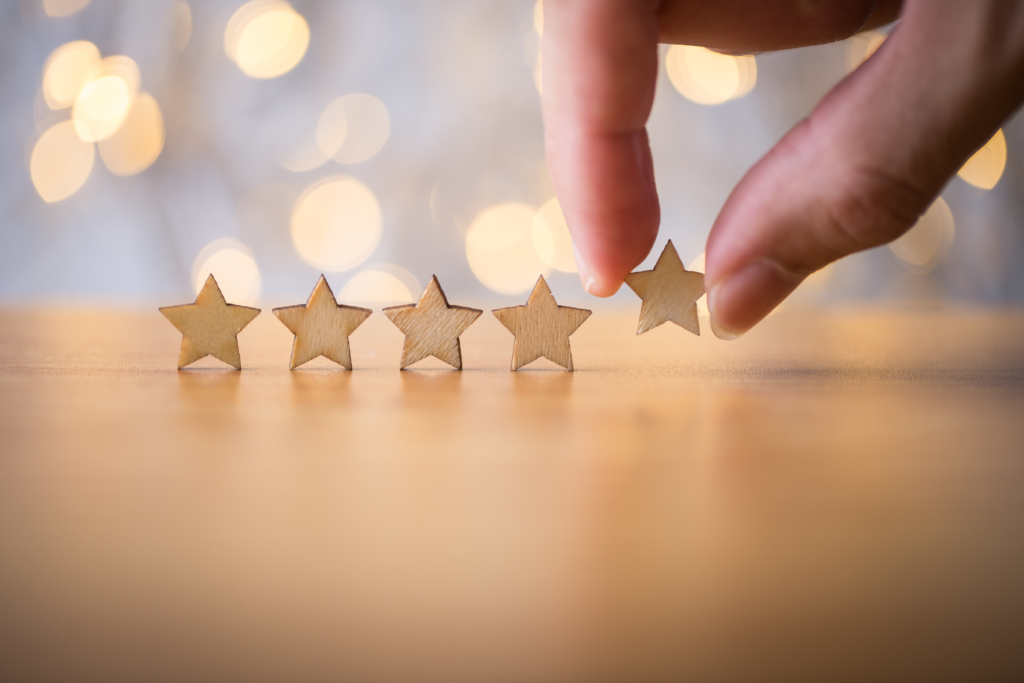




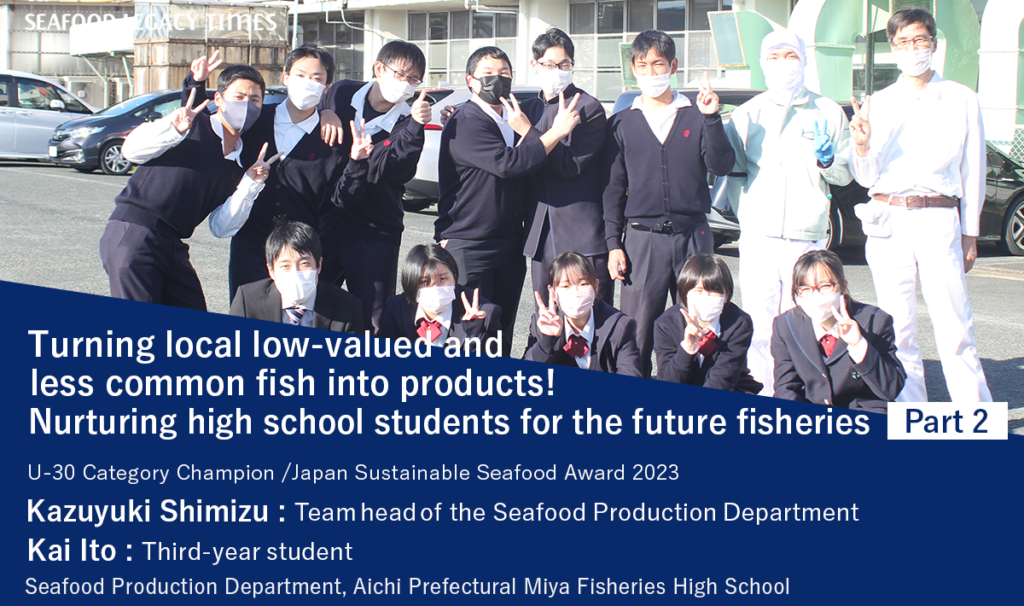
-1024x606.png)


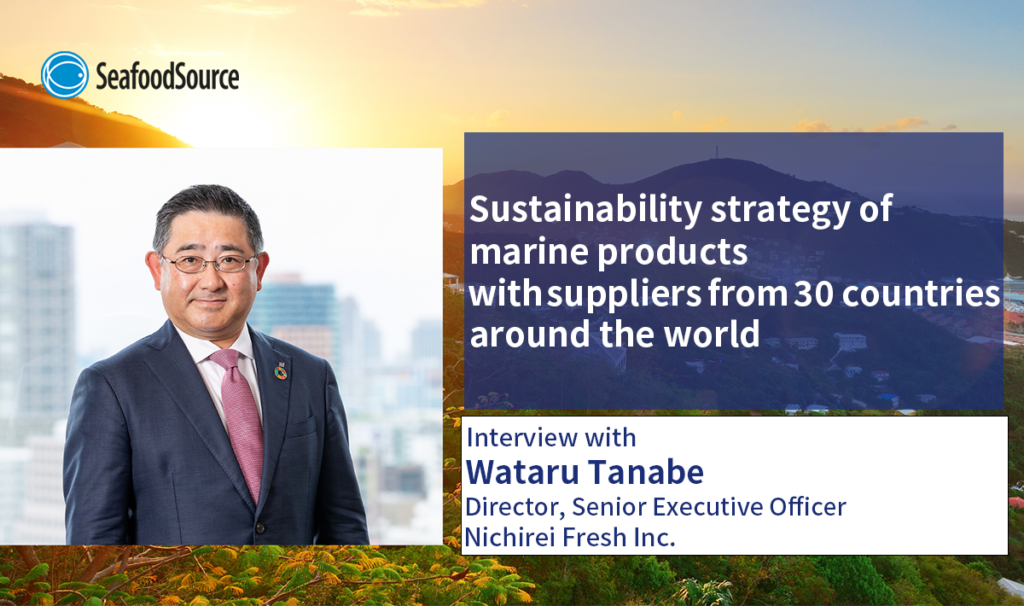
_-1024x606.png)

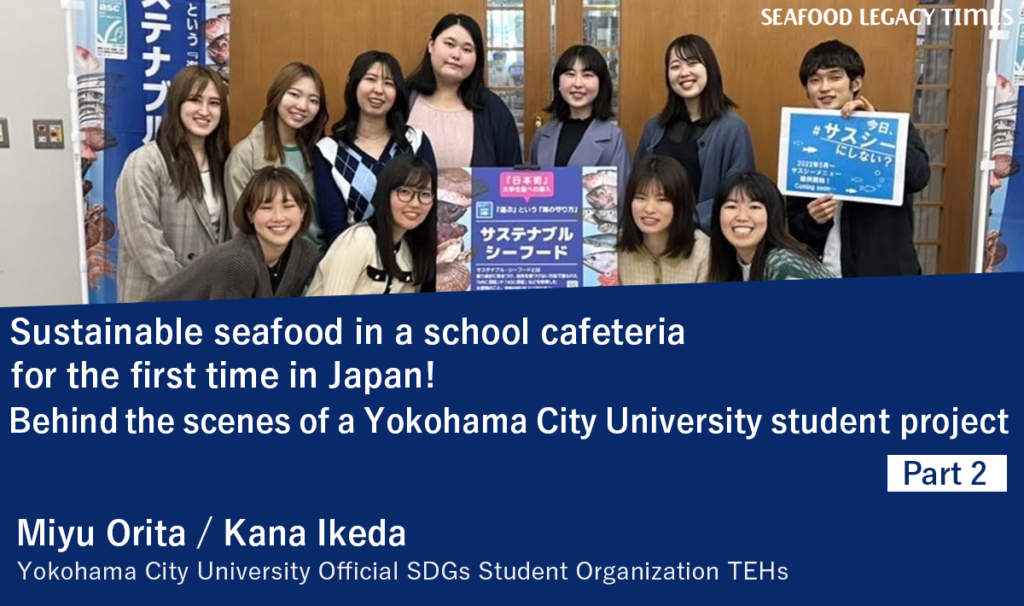
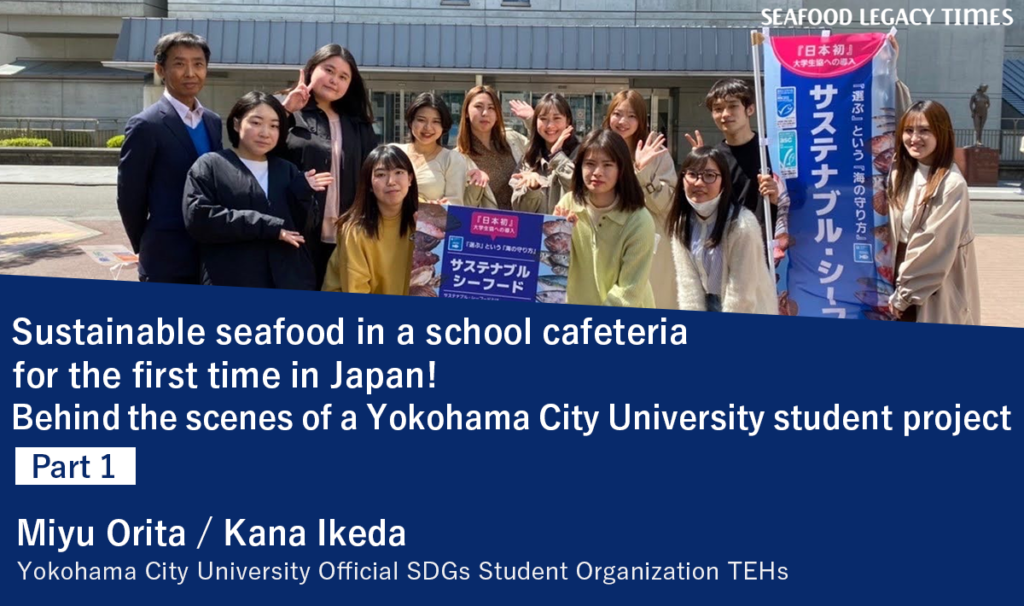



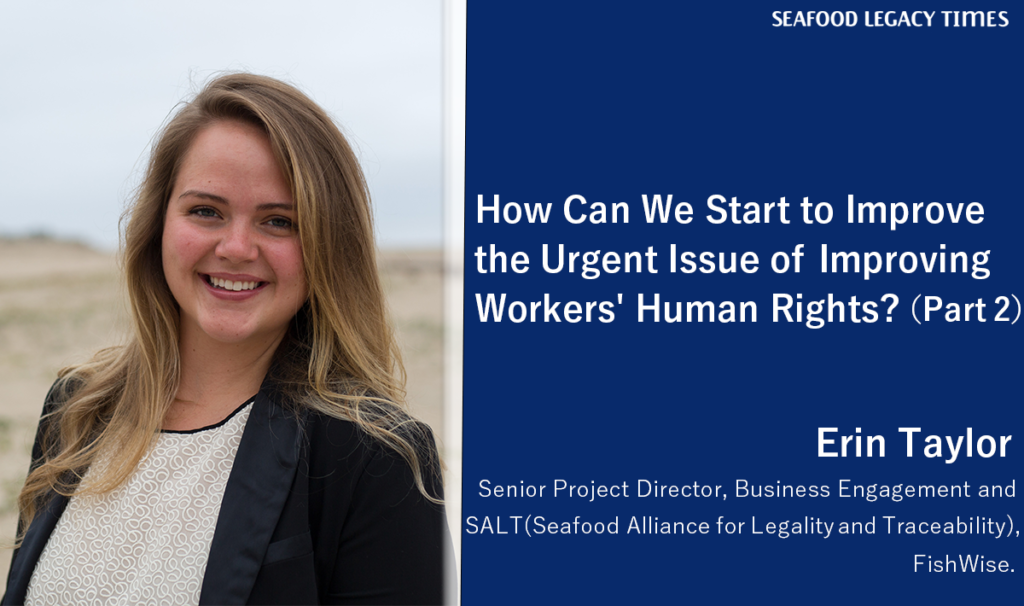
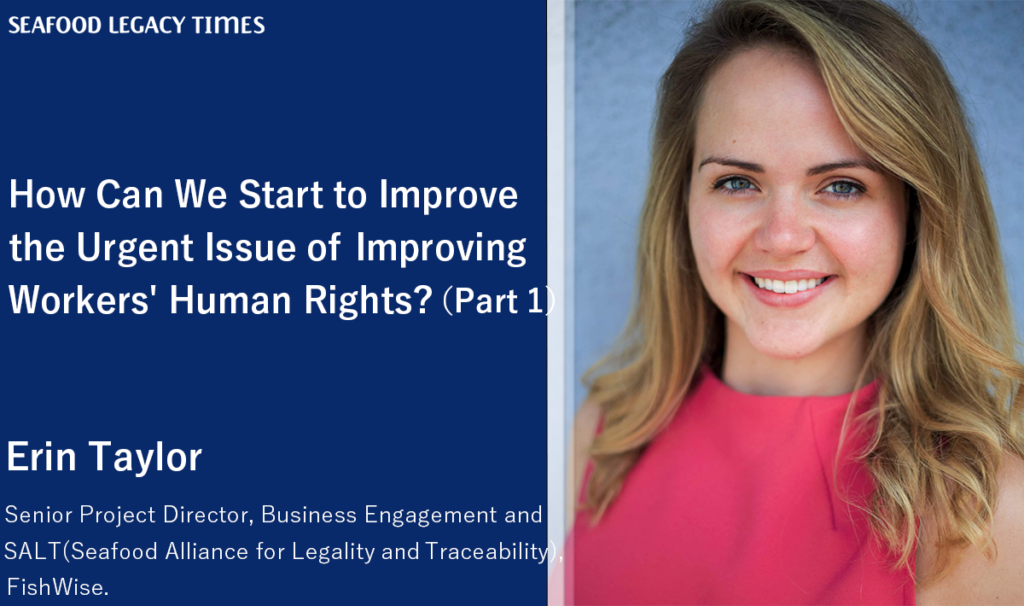
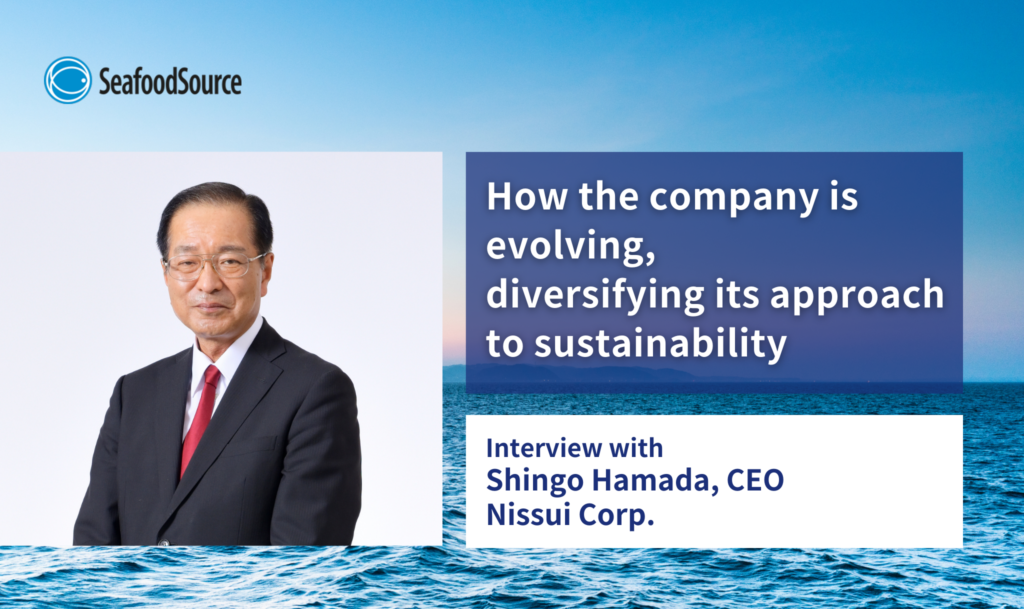




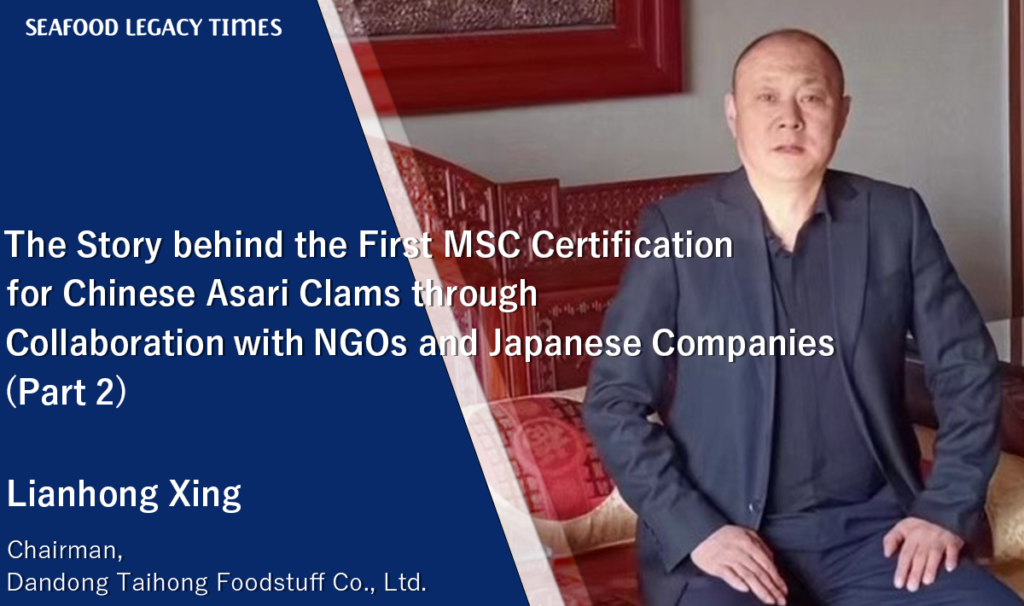
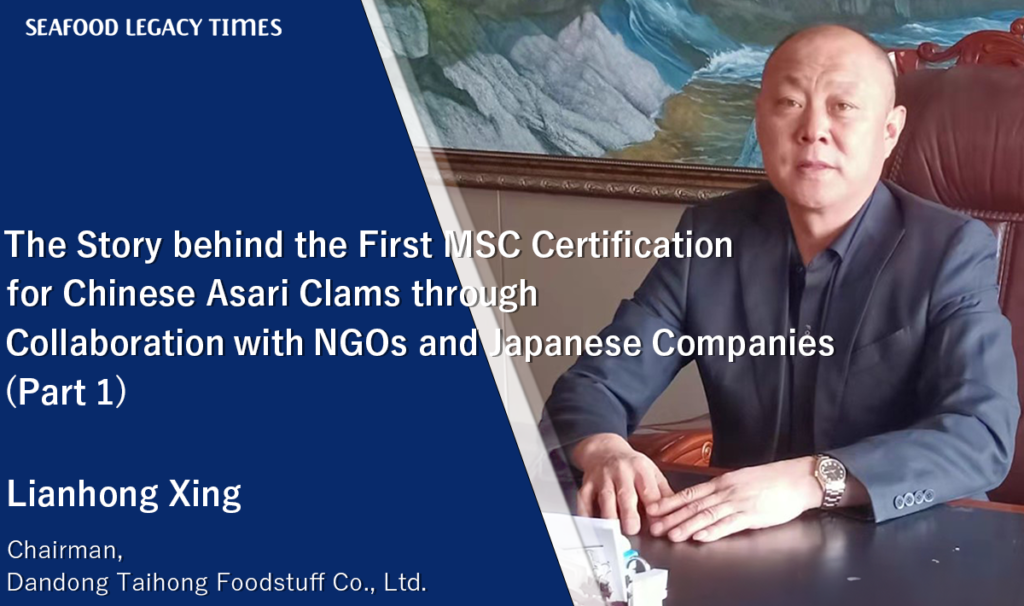

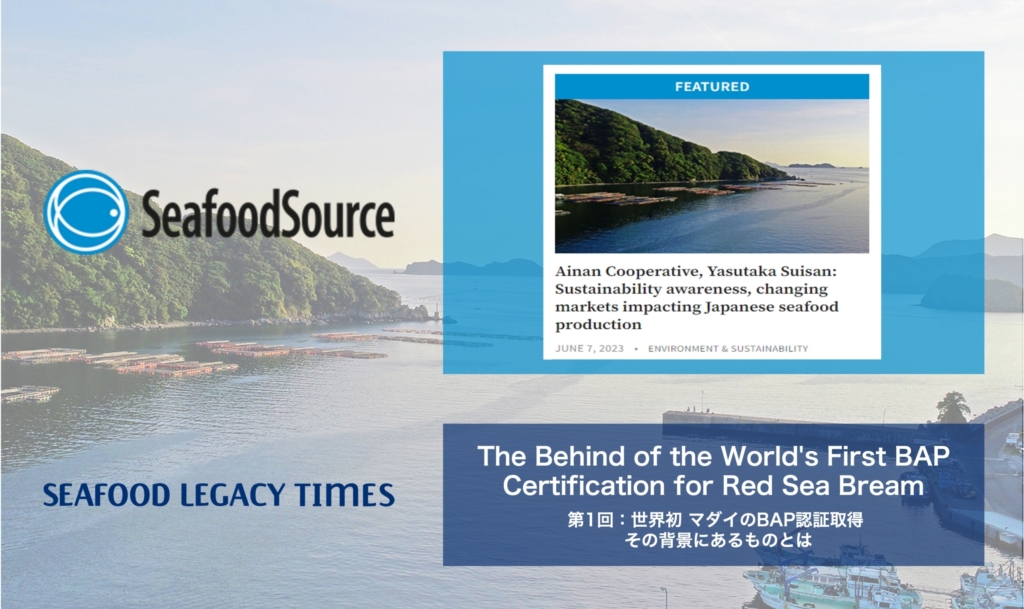

1_修正524-1024x606.png)


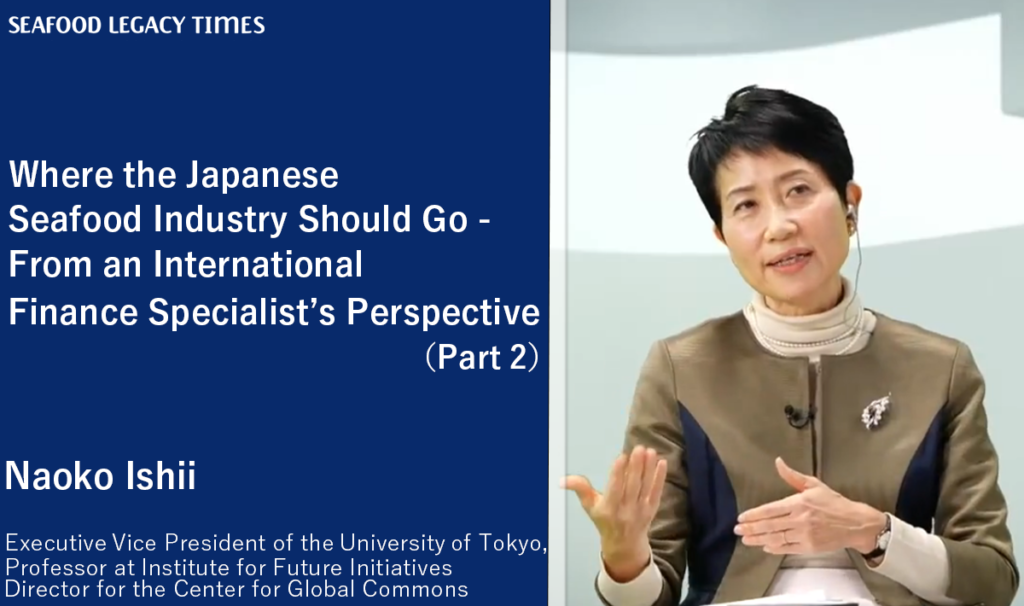







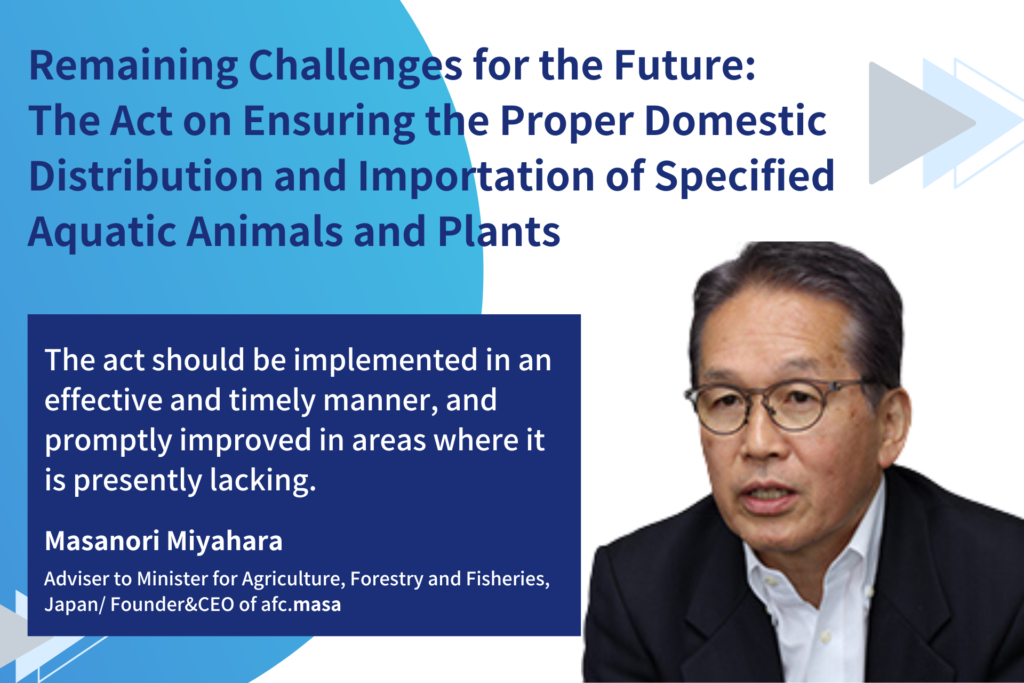
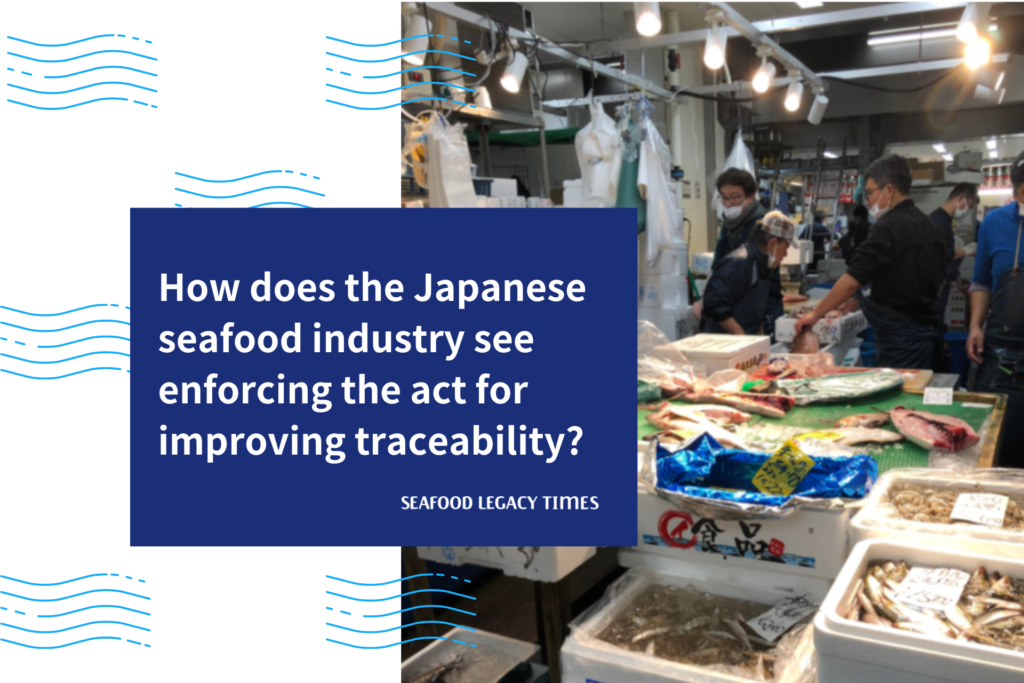



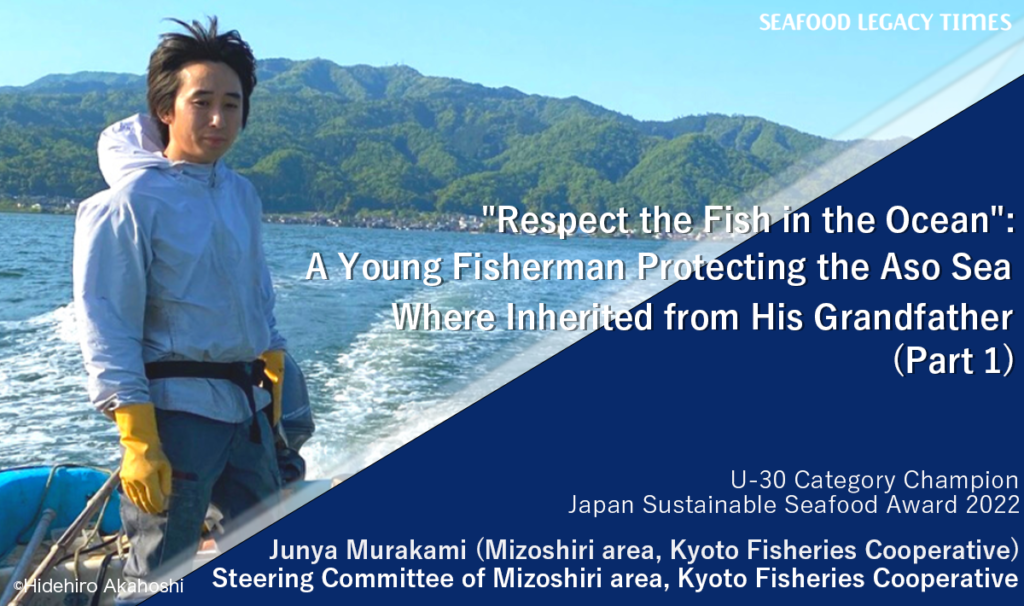
.2-1024x606.png)
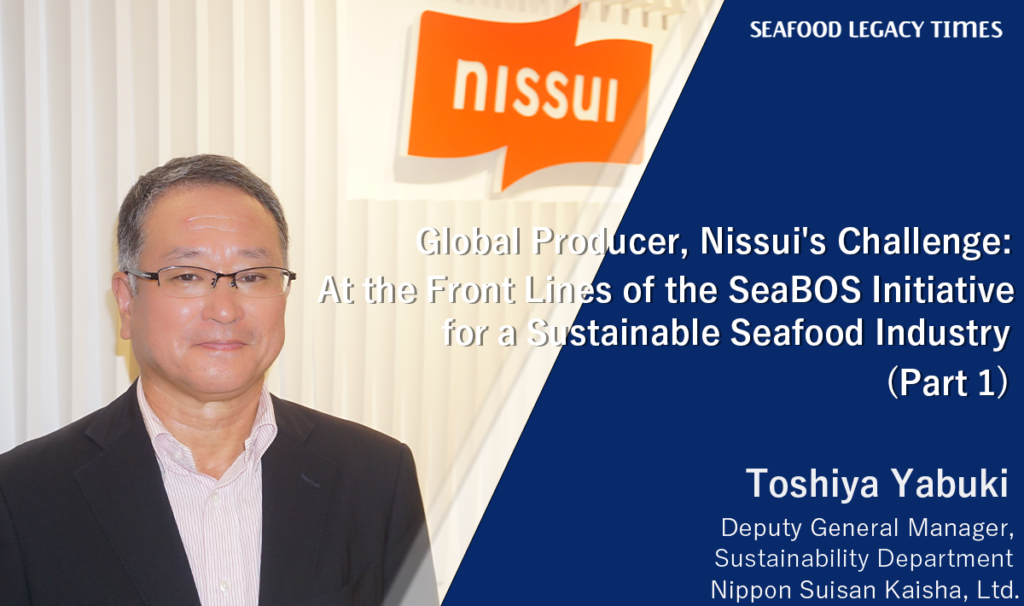
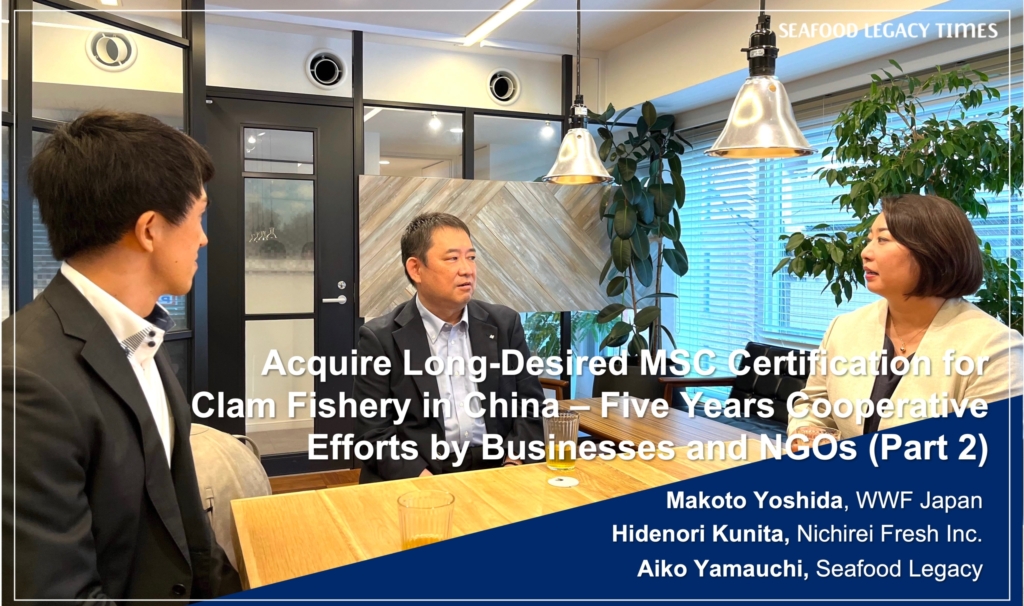
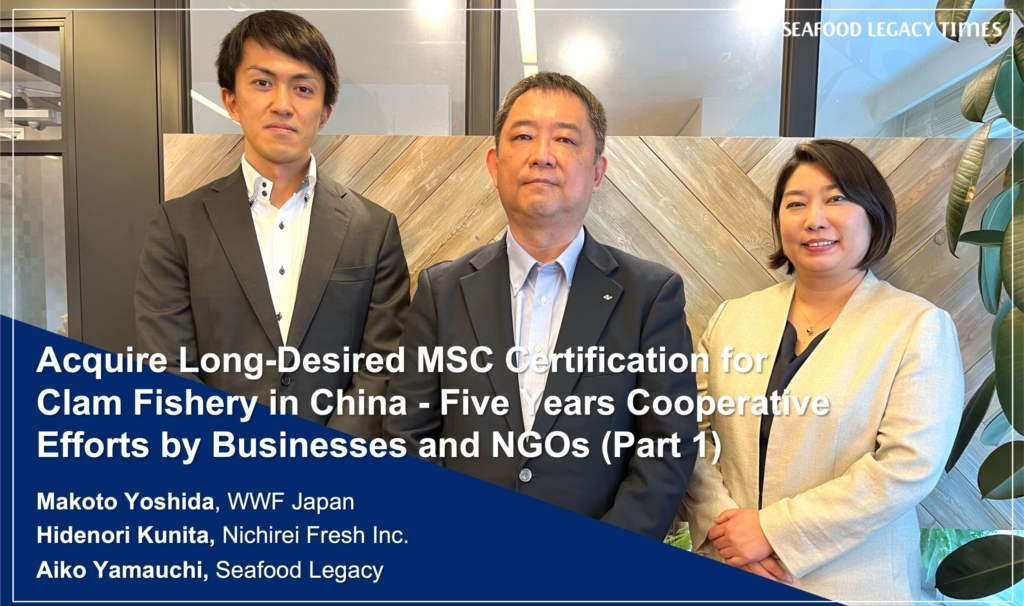






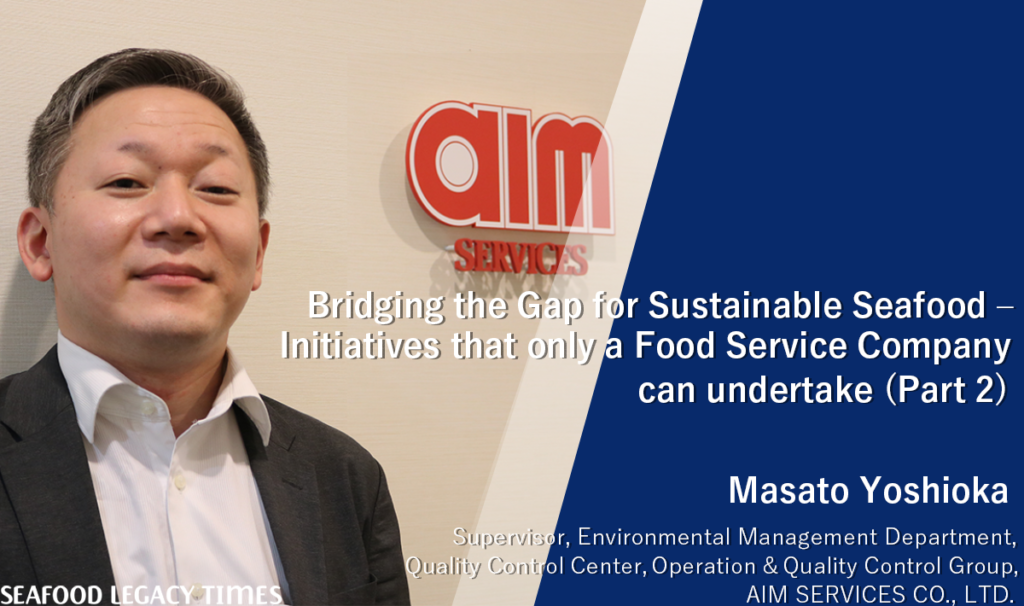
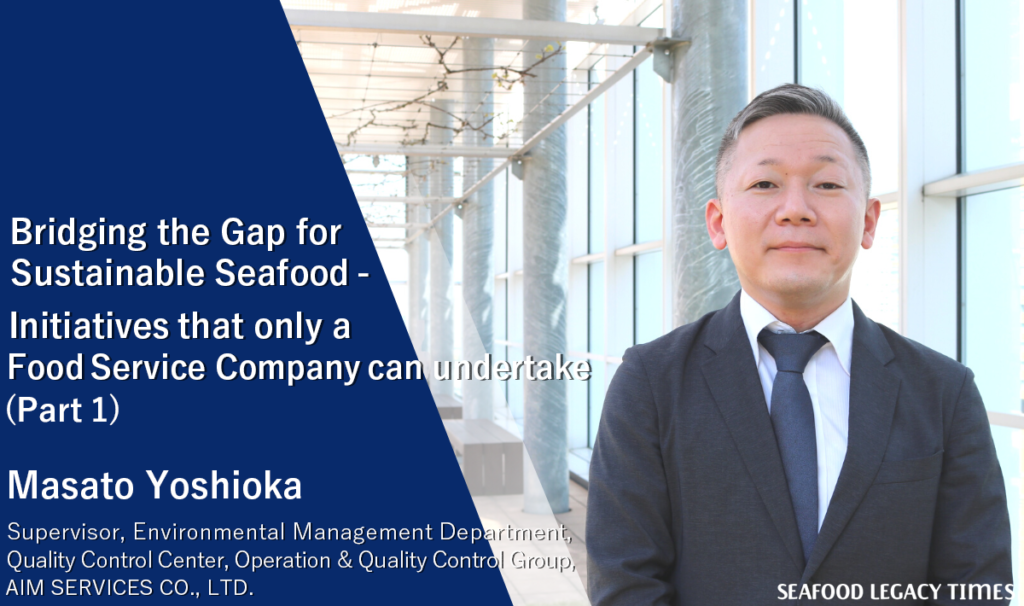
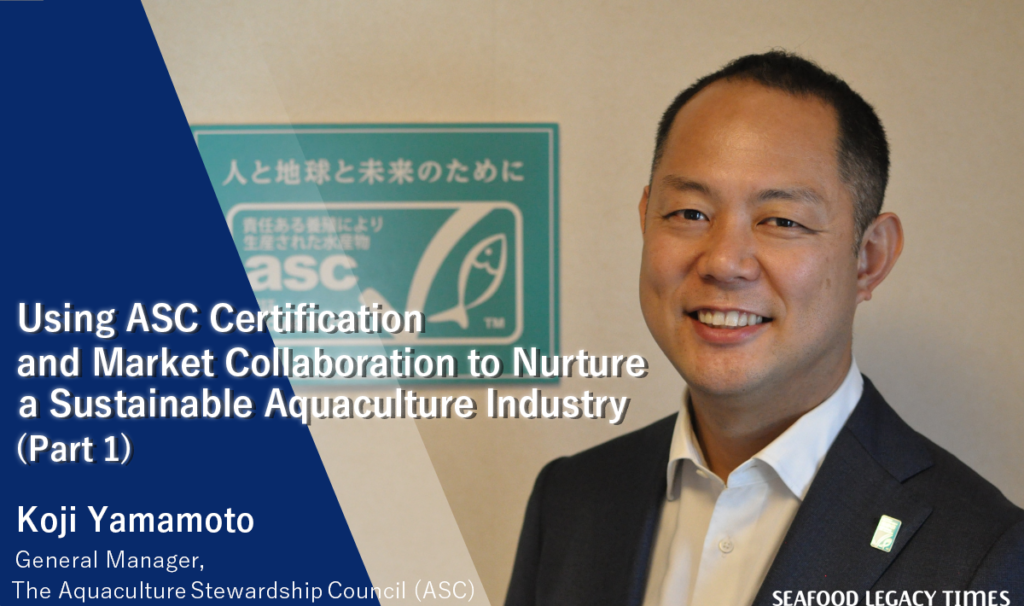
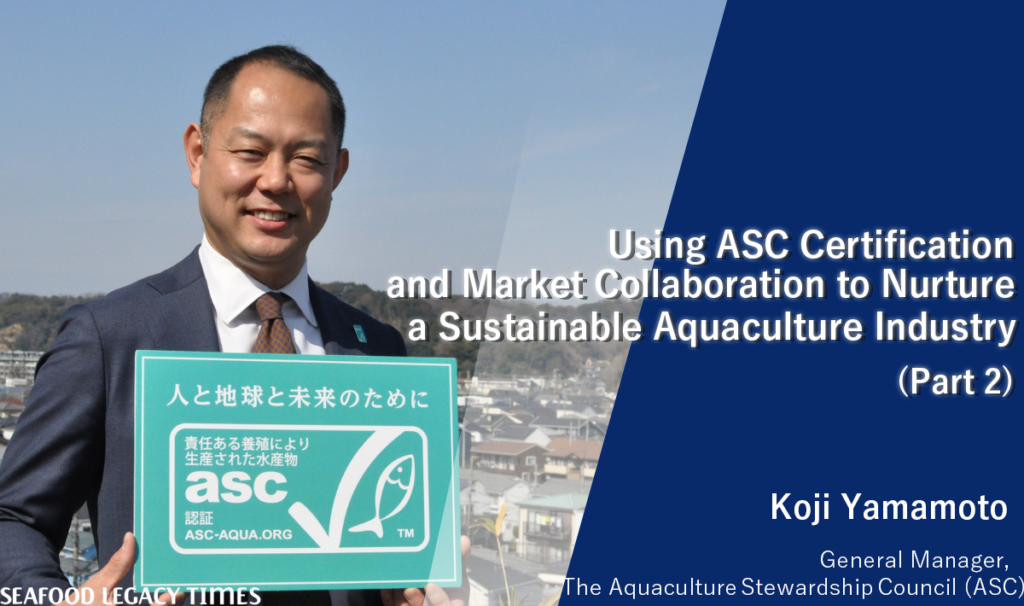
2-1024x606.png)
-1-1024x606.png)
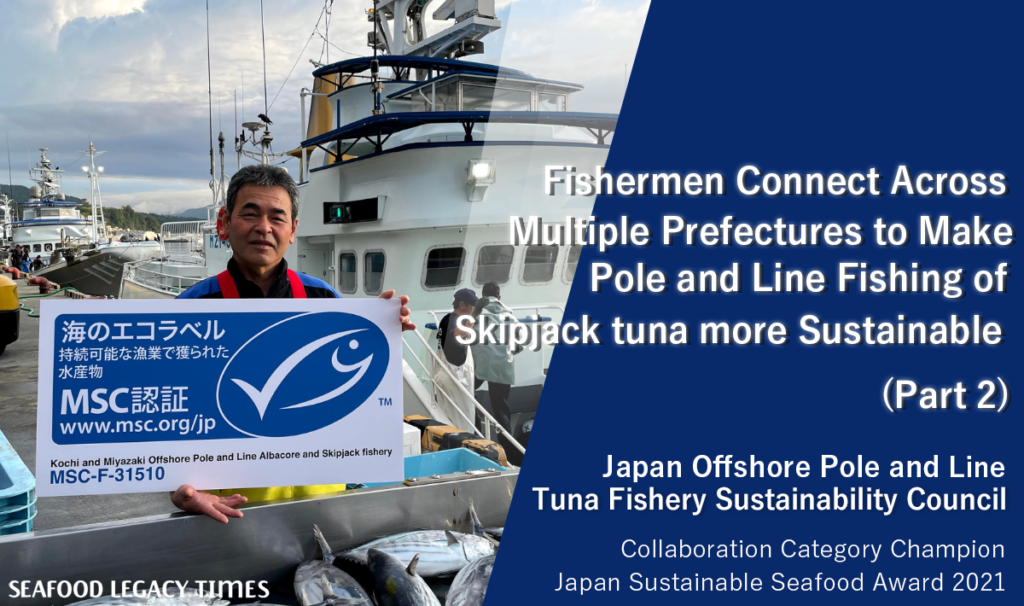
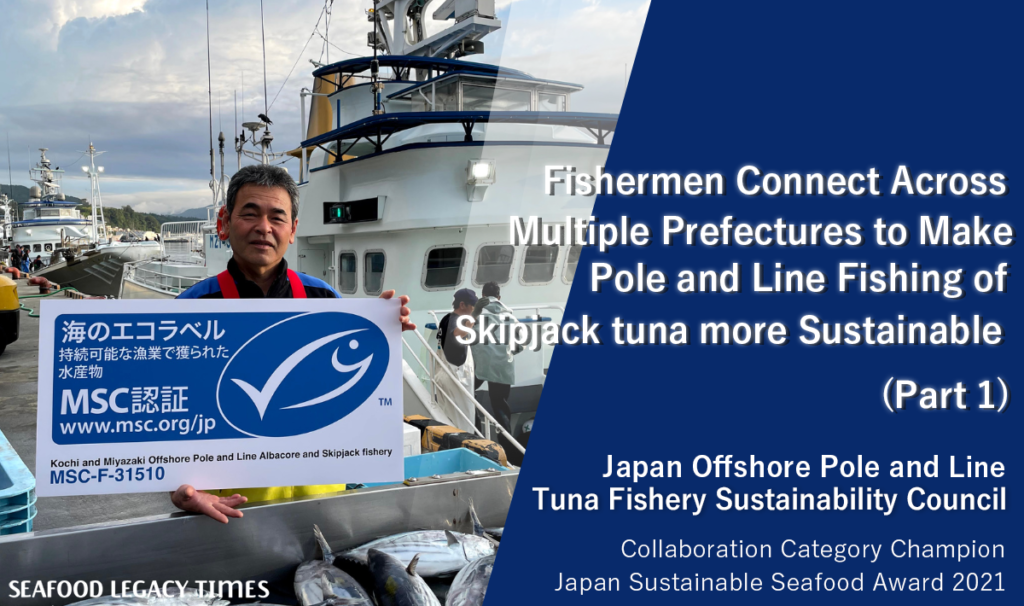
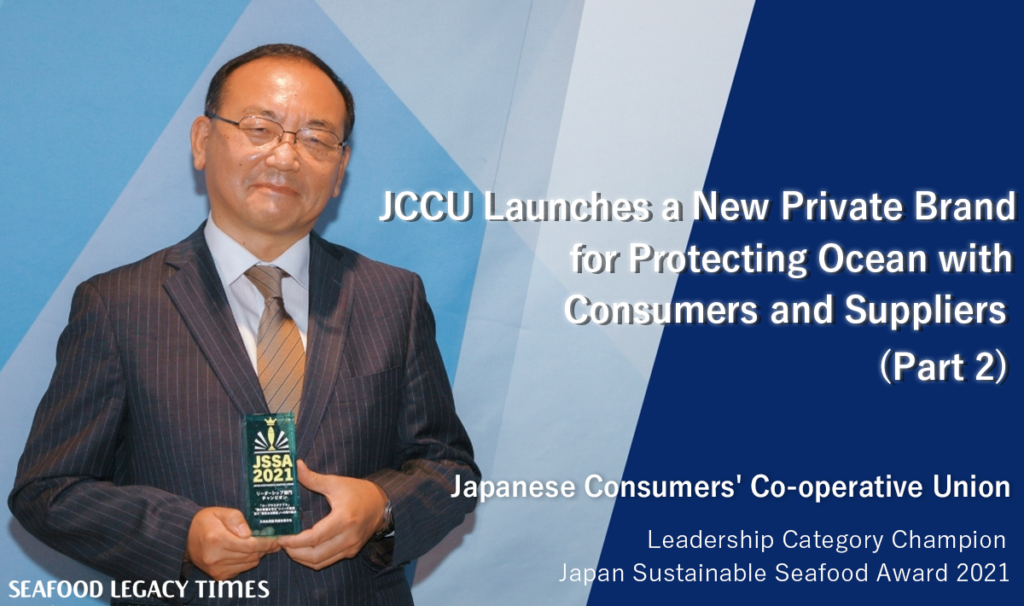
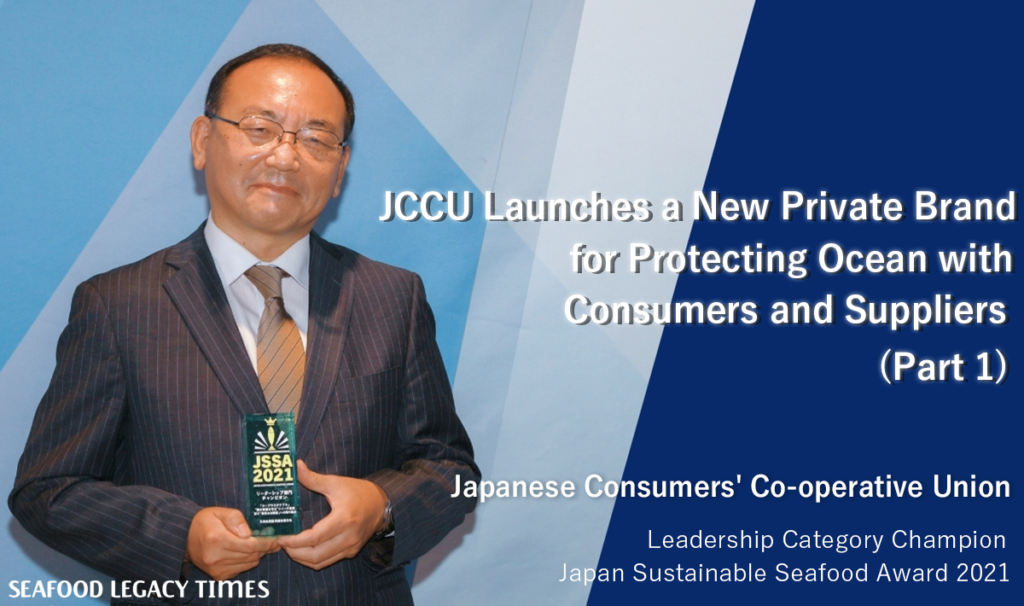
Part2-1024x606.png)
Part1-1024x606.png)
